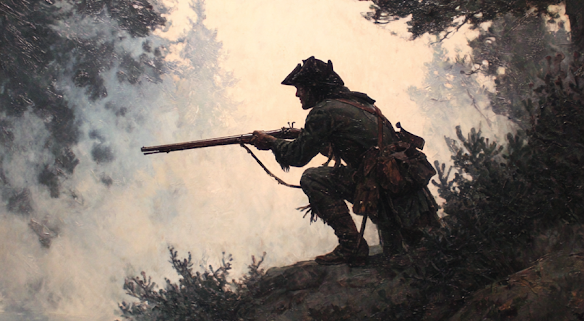
Too many tabletop RPG sessions fall into a familiar trap: the scenario takes over, and the players are just along for the ride. The GM sets up a series of pre-planned events, scripted encounters, and plot beats—and no matter what the players do, the story stays on the rails.
But that’s not how the most memorable campaigns are built.
After running long campaigns—some stretching four years or more—I’ve learned one rule that never fails:
The Player Characters’ actions should drive the game. The scenario is just the setting.
Yes, worlds and scenarios matter. They set the tone, define the stakes, and provide a sandbox for the players to explore. But the second those players take real action—burning a village, stealing from the wrong noble, killing an important NPC—the scenario is no longer in charge.
The consequences are.
Here’s the rule I live by as a Game Master:
Ask: What are the logical consequences of the players’ actions in this world? Then let those consequences drive the story—even if it breaks your original plan.
Did they rob the local wizard? Maybe now they’re hunted by a guild of arcane assassins.
Did they destroy an ancient artifact? Maybe the fragile peace between kingdoms collapses, and war erupts.
Did they spare a villain the module said to kill? Good—now that villain returns three sessions later with a grudge and an army.
When you follow the consequences of player action instead of dragging them through your plot, something magical happens: they become the protagonists. Not just figures on a map, but real agents shaping the world. And that’s what keeps them coming back week after week.
A good scenario is a suggestion. A world is a stage. But the players? They are the story.
If you want to run better games—ones that last, that players talk about for years—don’t railroad them through your plot. Follow them. React to them. Let their chaos be the compass.
That’s the kind of game people never forget.


